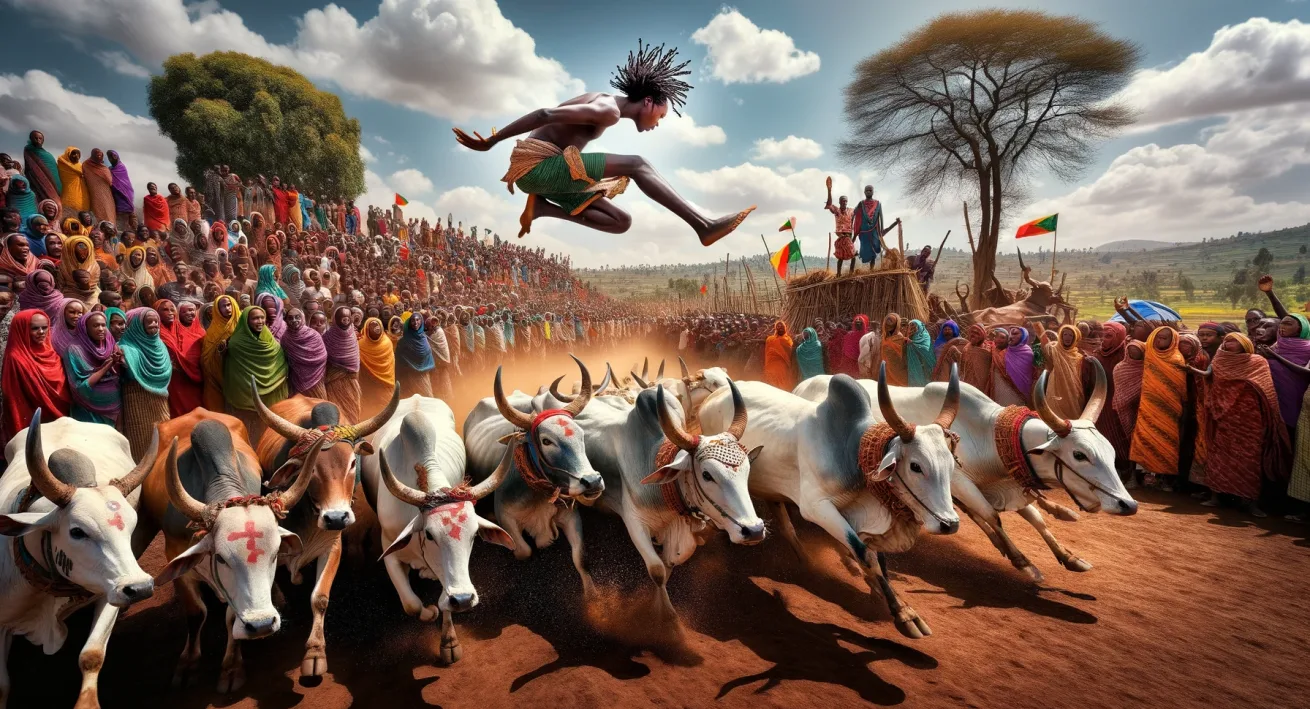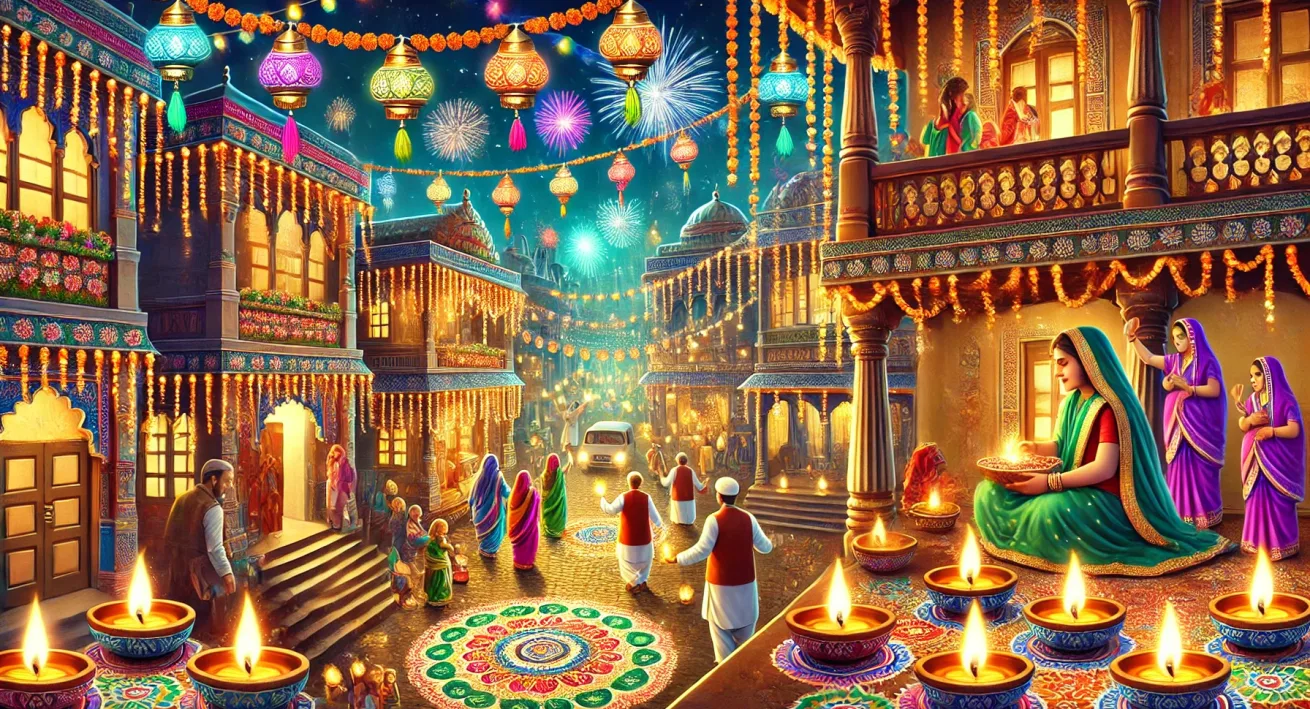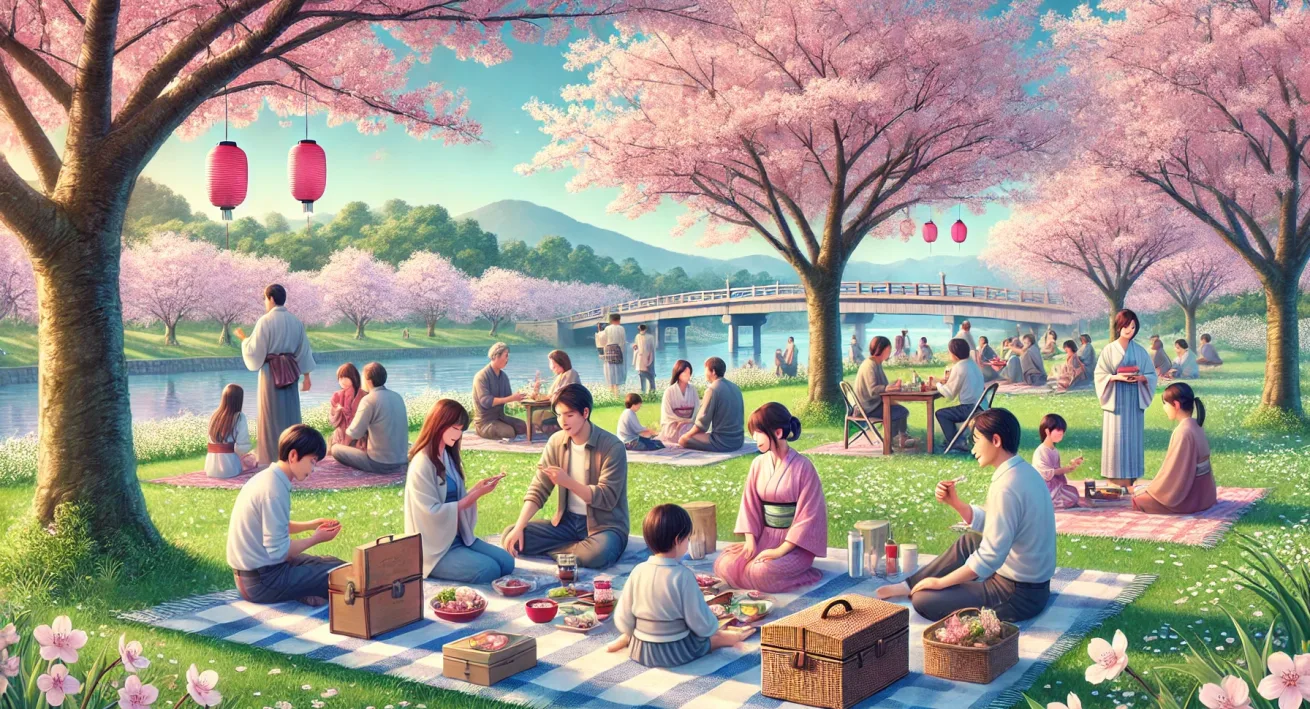Firewalking, a breathtaking display of faith, endurance, and cultural pride, finds its roots deep in the traditions of various cultures around the world. Two of the most remarkable locations where this ancient practice continues to thrive are Fiji and Mauritius. Both islands, steeped in rich history and diverse cultural influences, offer a unique perspective on this sacred ritual. In this article, we will explore the fascinating world of firewalking in these two paradisiacal destinations, diving into the origins, practices, and significance of this awe-inspiring tradition.





